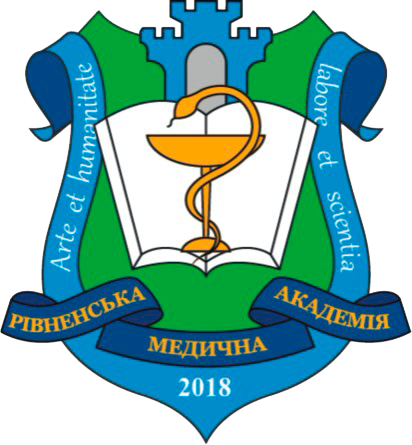COMPLIANCE OF PRESCRIPTION OF STATINS WITH EXISTING RECOMMENDATIONS IN THE CONTEXT OF THEIR CLINICAL USE IN A SPECIALIZED DEPARTMENT OF THE CITY HOSPITAL IN IRAQ
DOI:
https://doi.org/10.32782/health-2023.2.12Keywords:
atherosclerosis, ischemic heart disease, statins, HMG-CoA reductase inhibitors, rational pharmacotherapy, pharmaceutical care.Abstract
Statins are currently the leading drugs for the treatment of atherosclerotic diseases and the prevention of their fatal complications. At the same time, their application in practice is associated with several serious side effects that significantly limit their widespread use. The vast majority of them are dose-dependent. To determine the validity of statin prescriptions following modern recommendations regarding the dose, type of drug, regimen, and timing of treatment correction, 72 outpatient records of patients with atherosclerotic cardiovascular diseases were retrospectively analyzed. The survey included 27 women and 45 men aged 42 to 68 years (average 49. ±1.8 years). The results of treatment were monitored over three months, taking into account the dynamics of total cholesterol and LDL levels in the blood. Irrational use of statins was detected in 26 of 54 patients with very high and high cardiovascular risk of complications (48.1% of cases; use of simvastatin ineffective in this case and relatively low doses of atorvastatin). At moderate risk, in 9 of 15 patients, daily doses of atorvastatin were unreasonably high, which significantly increased the likelihood of developing side effects of treatment. And in 26.7% of patients in this group, on the contrary, they used underestimated doses of simvastatin. That did not allow us to achieve the target levels of blood lipids. Correction of the dosing regimen after three months of treatment was observed in only 17 of 51 patients in whom it was necessary (33.3%). Targeted recommendations have been developed to eliminate cases of irrational use of statins in practice.
References
A review of low-density lipoprotein cholesterol, treatment strategies, and its impact on cardiovascular disease morbidity and mortality / R. K. Wadhera et al. Journal of Clinical Lipidology. 2016. Vol. 10, no. 3. P. 472–489.
Association between low density lipoprotein and all cause and cause specific mortality in Denmark: prospective cohort study / C. D. L. Johannesen et al. BMJ. 2020. Vol. 371. m4266.
Pinal-Fernandez I., Casal-Dominguez M., Mammen A. L. Statins: pros and cons. Med Clin (Barc). 2018. Vol. 150, no. 10. P. 398–402.
Ward N. C., Watts G. F., Eckel R. H. Statin Toxicity: Mechanistic Insights and Clinical Implications. Circulation Research. 2019. Vol. 124, no. 2. P. 328–350.
Stone N. J., Greenland P., Grundy S. M. Statin Usage in Primary Prevention-Comparing the USPSTF Recommendations With the AHA/ACC/Multisociety Guidelines. JAMA Cardiol. 2022. Vol. 7, no. 10. P. 997–999.
Association of ABCC2 polymorphism and gender with high-density lipoprotein cholesterol response to simvastatin / Liu N. et al. Pharmacogenomics. 2018. Vol. 19, no. 14. P. 1125–1132.
Attainment of low-density lipoprotein cholesterol goals in statin treated patients: Real-world evidence from Australia / S. Talic et al. Current Problems in Cardiology. 2022 Vol. 47, no. 7. 101068.
PCSK9 Inhibitors in the Management of Cardiovascular Risk: A Practical Guidance / X. Jia et al. Vascular health and risk management. 2022. Vol. 18. P. 555–566.
Moroz V. A., Grintsov E. F. Clinical and pharmaceutical analysis features of oral hypoglycemicmedications usage at patients with diabetes mellitus type 2. Experimental and clinical medicine. 2016. Vol. 70, no. 1. P. 52–58.
The Association Between Statin Use and Risk of Chronic Kidney Disease in Community-Dwelling Older People in Shanghai, China / M. Zhao et al. Clinical epidemiology. 2022. Vol. 14. P. 779–788.
Effects of Statin Use in Advanced Chronic Kidney Disease Patients / T. M. Huang et al. Journal of clinical medicine. 2018. Vol. 7, no. 9. 285.





